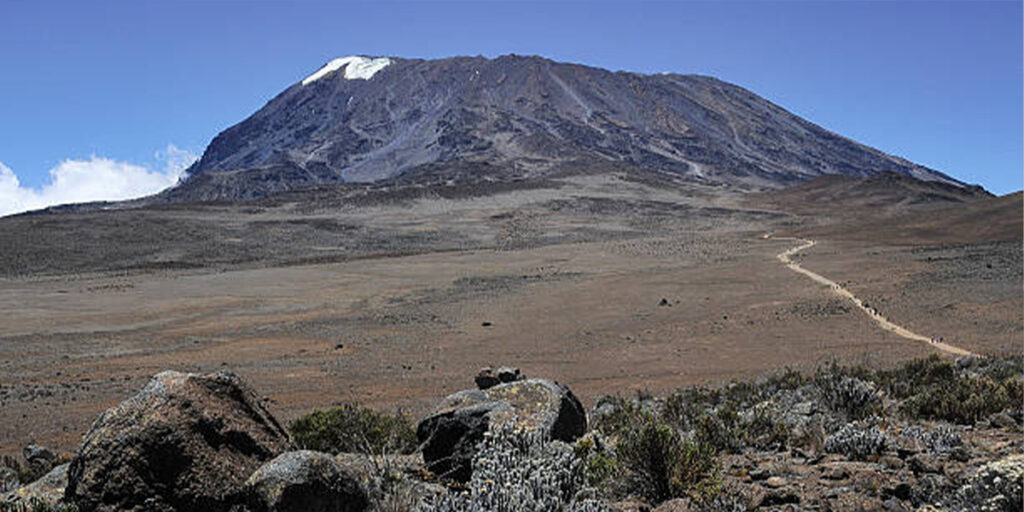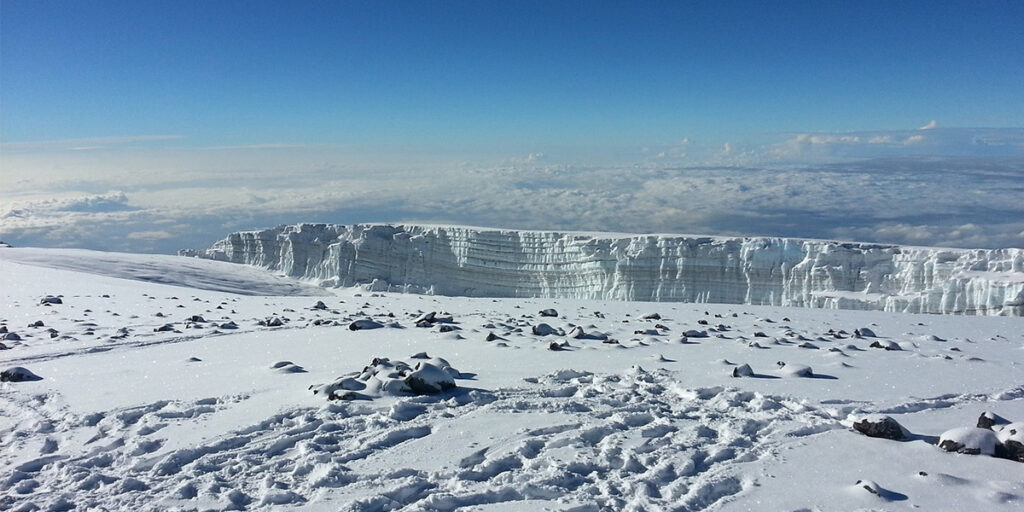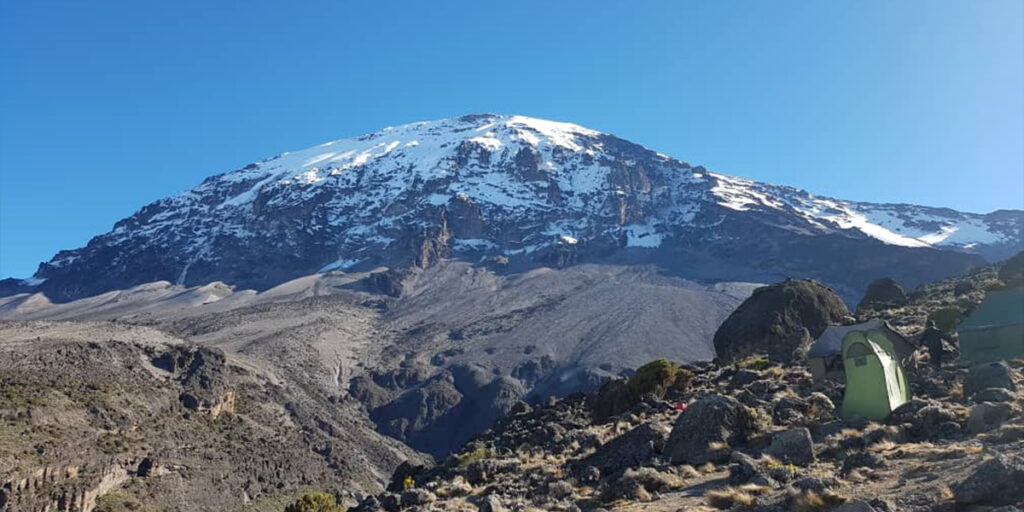KILIMANJARO
THE ROOF OF AFRICA
“Somewhere between the bottom of the climb and the summit is the answer to the mystery why we climb.”
∼ Greg Child
About Kilimanjaro Trekking
For many, reaching the summit of Mount Kilimanjaro is a lifelong dream. Be it the unique experience of trekking through intriguing and varied landscapes to scale Africa’s highest mountain. Or be it Kilimanjaro’s acclaim as one of the most picturesque treks on the planet. Without a doubt, the panoramic views of Kenya and Tanzania from atop the world’s tallest freestanding mountain are simply spectacular.
The best part is that you don’t have to be an experienced mountaineer to reach the peak. Physical fitness and determination are vital to completing this challenging trek. However, there are routes to suit all ability levels, and we can help you choose the perfect route. Moreover, our mountain team, whose prime concern is your safety, will help you throughout the trek. They will not only guide you to the top but also ensure that you return safe and sound.
Discover the most popular Kilimanjaro climbing routes. Here you will find trekking expeditions on the Marangu, Machame, Rongai, Lemosho route, each offering unique landscapes and experiences as you journey to Africa’s highest peak.
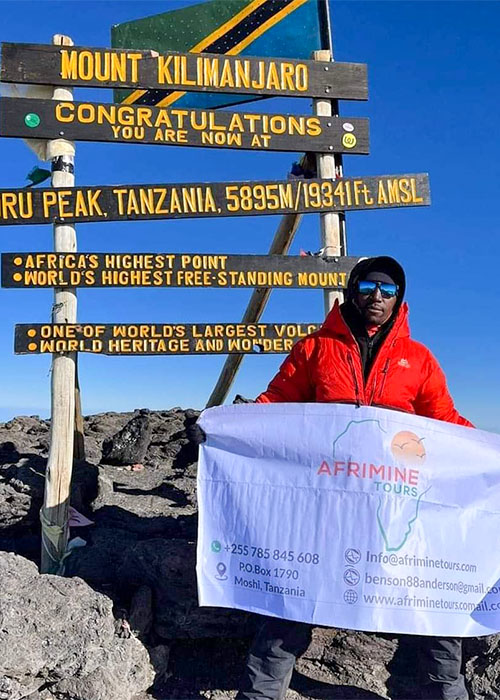
Kilimanjaro Routes
We specialise in treks on the following four routes on Mount Kilimanjaro.
You can complete the:
- Eastern Marangu route on a private trek in six days.
- Northern Rongai route on a private trek in seven days.
- Southern Machame route on a private trek in seven days.
- Western Lemosho route on a private trek in eight days.
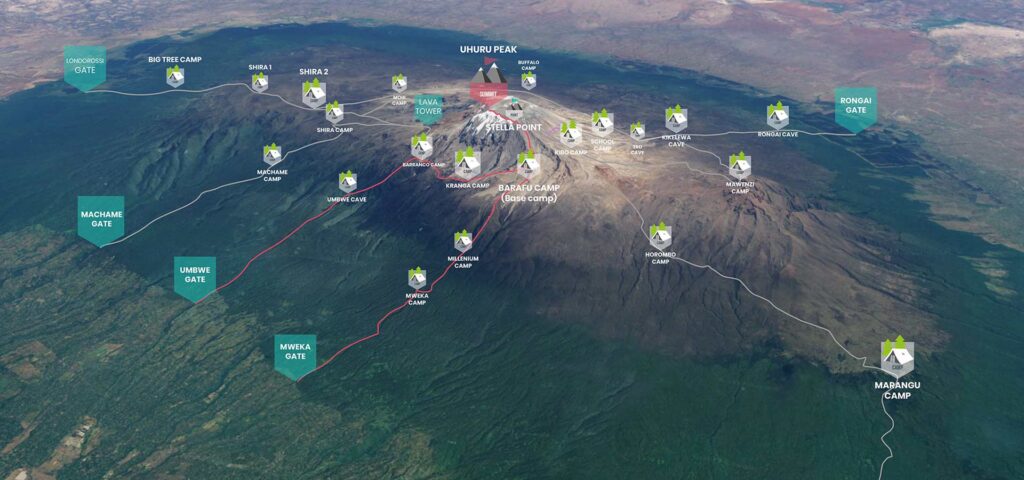
Climate zones on Kilimanjaro

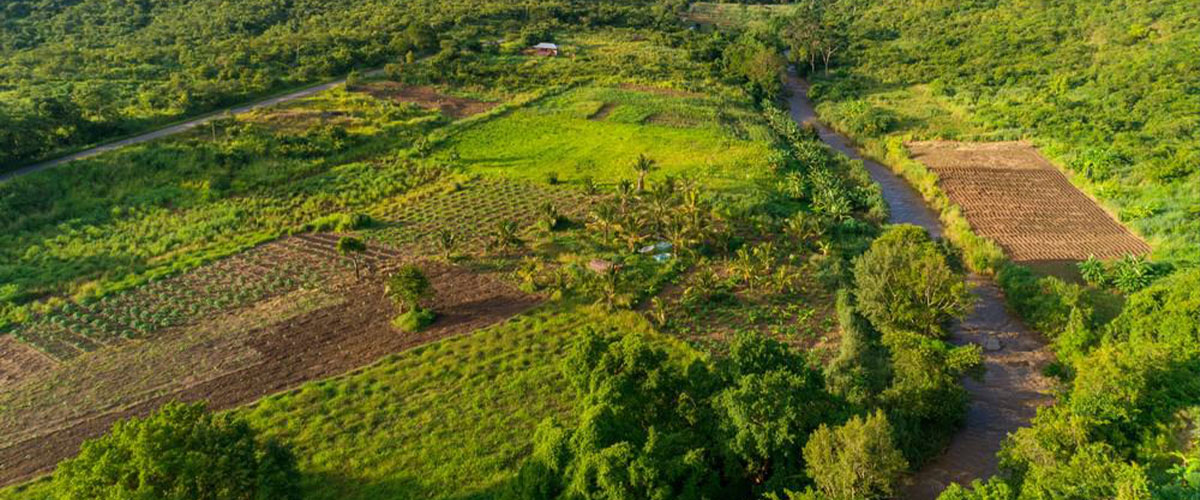
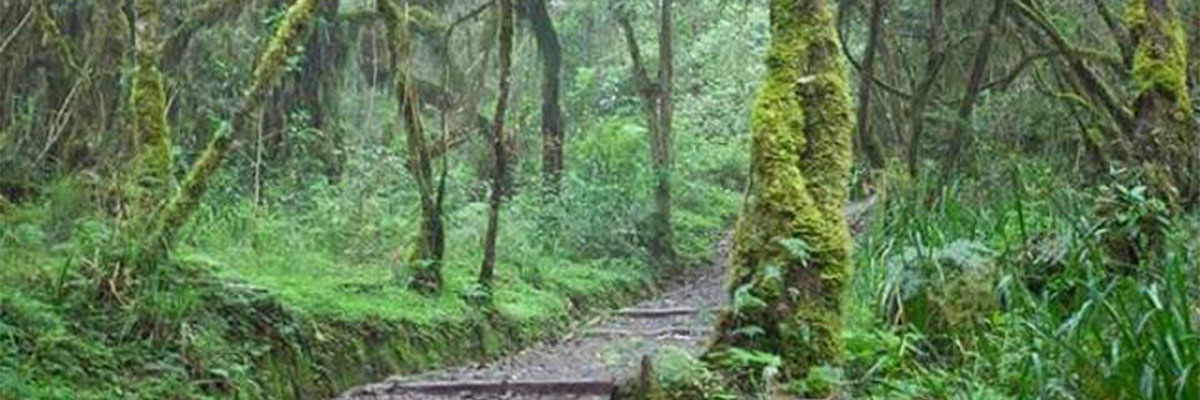
The rainforest develops at an altitude of between 1.800 and 2.800 metres, above which the clouds accumulate and rain down regularly. The rainforest is particularly well developed on the south side, where most of the routes start. The reason for this is that the clouds usually approach the mountain from the south. If it rains during the trek to Uhuru Peak, it will probably be here. The temperatures are mild, much milder than at a comparable altitude in the Alps. The dense vegetation provides excellent protection against the strong sunlight. On the way through the rainforest, it is hard to imagine that the vegetation will be completely different the next day, and even more so the day after that.

On the morning of the second day of trekking, the rainforest gradually thins out and after a few hours you reach the foothills of the moorland at an altitude of around 3.000 metres. Typical of this vegetation zone are the low bushes and the abundance of ferns and mosses. Despite the unrestricted sunlight, the temperature here already drops to around 15°C to 20°C.
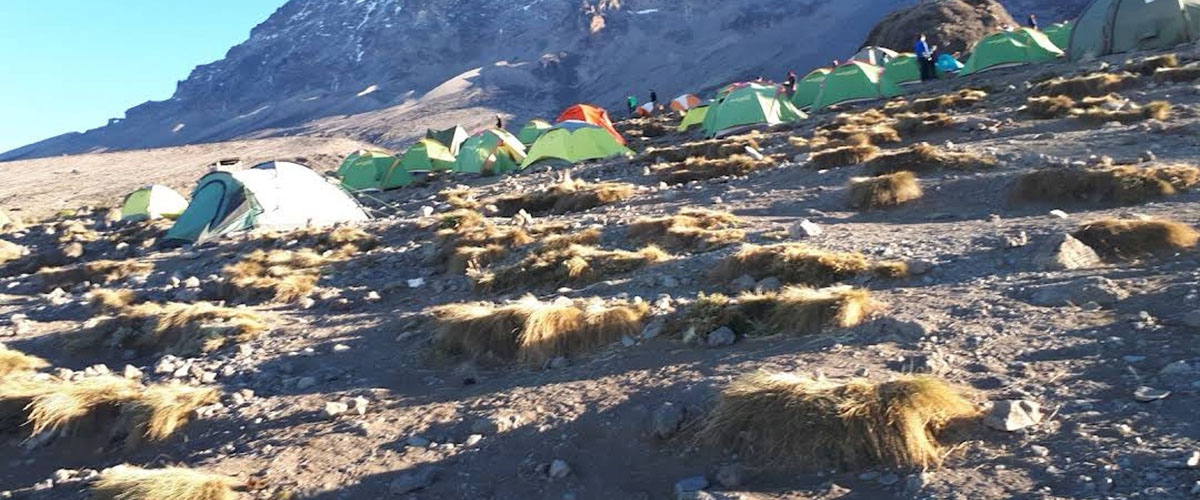
At the latest in this vegetation zone of Kilimanjaro, you can enjoy impressive panoramas in all directions from the stone desert. The profile of the alpine stone desert is still flat. The path consists of ash dust and rock cinders. Seemingly endless paths lead towards the Kibo massif. The vegetation in the stony desert is sparse. The only plant species that cannot be overlooked here are the crested trees or lobelias (Dendrosenecio kilimanjari). These plants can live for several hundred years. Ground frost usually occurs at night at this altitude. Your last camp before the summit ascent is in this climate zone.

You will enter this vegetation zone, or rather non-vegetation zone, for the first time on your ascent to the summit. Until then, the ice fields simply gleam white. As you pass through the millennia-old ice masses, you will recognise annual rings like on an old tree trunk. These clearly show the course of the seasons in the past. However, they have melted drastically in recent decades and will most likely disappear in a few years’ time given the current climate.
Our Kilimanjaro Gallery












What Gear do You need for Kilimanjaro?

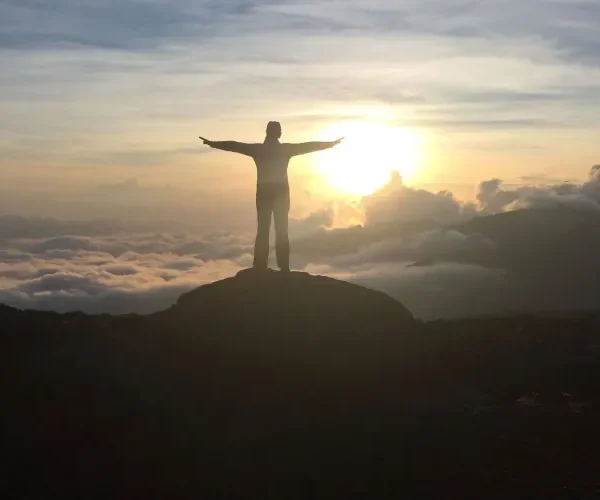
What is the spiritual meaning of Kilimanjaro?
Accomodations
MOUNTAIN HUTS AND PRIVATE TENTS
Depending on your chosen route, there are two types of accommodation during the trek.
Shared Huts
On the eastern Marangu route, you will stay in shared wooden huts that accommodate four to six people. A bed in a hut cannot be booked in advance. Instead, a first come, first serve system allows early arrivals to select their preferred hut. The huts have electric lights, mattresses, and basic toilets but no heating. Each camp on this route also has a main building where meals are served.
Private Tents
If you decide to embark on the Machame, Lemosho, or Rongai routes, we offer the convenience of a high-quality two-person mountain tent and sleeping mattress for your private use. Additionally, you can rent a warm sleeping bag from us with a temperature rating of -12°C or bring your own.
Showers and toilets
During group treks, very basic public toilets are available to use. For private treks, we set up a mobile toilet tent at each campsite specifically for your convenience. There are no showers available on any of the routes. However, our team will prepare warm water in a bowl for a wash for private and group treks.


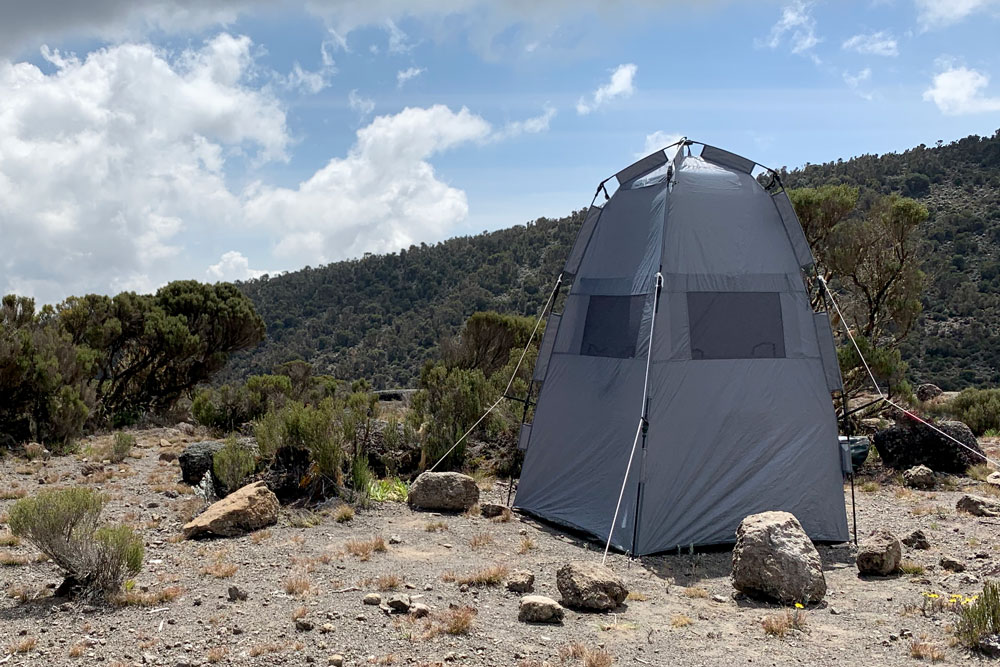
How much does it cost to climb Kilimanjaro?
Kilimanjaro FAQS
There are at least six routes to climb Kilimanjaro but we do recommend the 8-day Lemosho and 7 days Machame. These routes offer the best summit success rates and beautiful scenery.
You do not need to be experienced, but we do advise that you do regular training to be fit since you will enjoy more and increases your summit success rates.
Although most of the equipment can be rented here, we recommend the following equipment during your trek as how they appear on our packing list:
- Thermal underwear, base layer, trekking shirts, trekking trousers, insulation layer or fleece jacket, third layer jacket/waterproofing, north face rain gear, headband, neck warmer, head lamp, sunglasses, gloves (inner & outer), trekking poles, hiking boots, trainers, thermal & trekking socks, gaiters, 60litres duffel bag, 30litres backpack, rain cover, hydration bladder, water bottle & water purification tablets.
- Other equipment includes camera, spare batteries, energy drink supplement, energy bars, ear plugs, hand sanitizers, wet wipes, trekking towel, insect repellent, sweat resistant & small lock.
You will sleep in tents which are set up by the porters at your camp unless if you choose the Marangu route where you will sleep in Huts whereby there are bunk beds. All the equipment will be carried by your porters and we will offer sleeping bags, mattress and pillows during your trek.
Food prepared is locally produced, healthy and nutritious which is prepared by your chef and his assistant.
During breakfast, you will have tea, coffee, milk, eggs, toast, porridge, cereals, bread, fruits, bacon, sausages etc.
You will have hot lunch which mainly consist carbohydrates such as rice, potatoes and pasta which is served with meat, fresh vegetables, fruits and nuts.
Our menus have been carefully designed to ensure the food is delicious, easy to digest, and provides plenty of energy.
You may also want to bring some supplementary comfort foods such as candy, gum and chocolate bars.
We can also cater special diets and accommodate your needs, if you are a vegetarian or vegan.
Contact us and we can help you with your special needs.
Drinking water comes from the streams on the mountain and the porters will collect it and boil before use. The water will be filled in your water canisters and is completely safe, but we recommend that you use the purification tablets which can be bought in town.
There are no bathrooms on Mount Kilimanjaro.
Warm water will be provided for washing your hands and face. You can use wipes for the rest parts of your body.
If you want to use a toilet, we normally provide portable private toilet tents which can be set up aside behind a rock and or tree. There are public toilets which we do not recommend using since they are not highly maintained.
Climbing Kilimanjaro is a safe climb although some of the deaths due happen and most of the causes are due to altitude related cases. If you follow the route we recommend, your summit success rate is high and if you follow the guidelines from your guides, you will also reach the summit safely and be proud of your achievement by reaching the roof of Africa.
Our team is highly trained to ensure that you are completely safe and your safety is our number one priority.
Altitude sickness, or acute mountain sickness (AMS), is a negative health effect of high altitude.
The normal oxygen percentage at sea level is roughly 21%. If you climb higher, the number of oxygen molecules per breath is reduced. That makes your body difficult to adapt and function as normal with less of oxygen. This causes one to get AMS or altitude sickness by climbing to a high altitude quickly at the lower levels of oxygen.
You might get some of the symptoms of altitude sickness above 3.000m but if you follow the guidelines given by your guide, you will not experience severe symptoms of AMS and won’t affect your climb.

